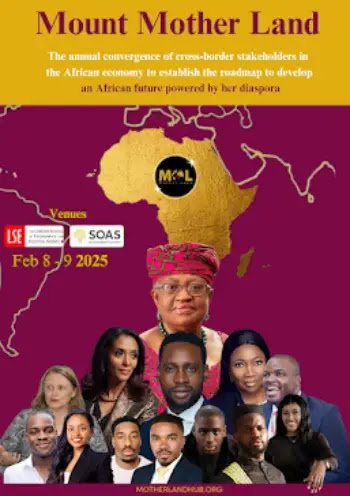The papal conclave has entered its second day as cardinals gather once again in the Sistine Chapel to vote for a successor to Pope Francis. The conclave, which began on Wednesday, is a critical event in the Catholic Church, as it determines who will lead the world’s 1.3 billion Catholics following the resignation of Pope Francis earlier this year.
On the first day of voting, a traditional ritual took place: the cardinals filed into the Sistine Chapel, where they cast their votes in secret. Despite the hopeful anticipation surrounding the first round, the outcome was not as expected. Black smoke billowed from the chimney atop the chapel, signaling that no cardinal had secured the necessary two-thirds majority to become the next pope. This is a common occurrence early in the conclave, as the cardinals take time to deliberate and reflect on the qualities needed in their new leader.
The smoke is a key visual cue for the public, signaling whether the cardinals have successfully chosen a new pope. Black smoke, as seen on Wednesday, indicates that the voting process has not yet concluded successfully, while white smoke would announce that a new pope has been chosen.
As the second day of voting begins, the cardinals will cast their ballots up to four times, with two votes in the morning and two in the afternoon. It is expected that the cardinals will continue their deliberations, engaging in discussions that may ultimately guide their decision on who should become the next leader of the Catholic Church.
The election of a new pope is a highly significant event for both the Vatican and the wider Catholic community. The pope not only serves as the spiritual leader of Catholics around the world but also holds significant influence in global politics, interfaith relations, and humanitarian efforts. The decision of the cardinals, therefore, is one of great importance, and they are likely to be cautious in their selection, ensuring that the new pope embodies the values and leadership needed for the challenges the Church faces in the modern world.
Despite the initial setbacks with the first vote, the conclave continues to carry on with its work. The cardinals are fully aware of the weight of their responsibility, and it is likely that further rounds of voting will continue until a candidate emerges who can garner the necessary votes. The process is carefully structured to ensure that the chosen pope has the broad support of the College of Cardinals, with no individual vote being taken lightly.
In the coming days, as more rounds of voting unfold, the anticipation will grow. The public, both within the Vatican and around the world, will be watching closely for the first signs of white smoke, which will signal that a new pope has been elected. The selection of a pope is a deeply personal and spiritual process for the cardinals, and the decision will have a profound impact on the future of the Catholic Church.
For now, the conclave remains in full swing, with cardinals casting their votes, reflecting on their choices, and praying for guidance. The Vatican and the faithful await the moment when white smoke will rise from the Sistine Chapel, signaling the arrival of a new pontiff to lead the Church into the future.



































0 Comments